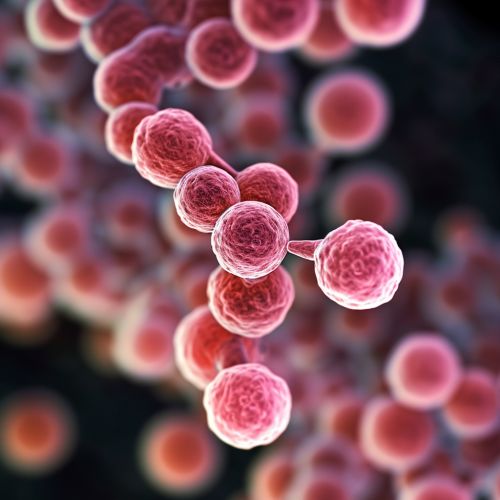Candida shehatae
Introduction
Candida shehatae is a species of yeast that belongs to the Candida genus. It is known for its ability to ferment xylose, a type of sugar, into ethanol. This characteristic makes it a potential candidate for the production of biofuels, particularly in the context of second-generation biofuels that utilize non-food biomass as a feedstock.


Taxonomy
Candida shehatae was first isolated and described in the late 1970s by M.A. Barnett, a renowned mycologist. It is a member of the Candida genus, which includes over 150 species of yeasts. The genus Candida is part of the larger Saccharomycetaceae family, which is within the Saccharomycetales order of yeasts.
Morphology
Candida shehatae is a unicellular organism with a typical yeast morphology. It has a round to oval shape and measures approximately 2-5 micrometers in diameter. The cells reproduce asexually through a process called budding, where a smaller daughter cell is formed and eventually separates from the parent cell.
Metabolism
One of the distinguishing features of Candida shehatae is its ability to metabolize xylose, a five-carbon sugar that is abundant in plant biomass. Most yeasts, including the commonly used Saccharomyces cerevisiae, are unable to ferment xylose. Instead, they primarily ferment glucose, a six-carbon sugar. This metabolic capability of Candida shehatae is of significant interest in the field of biofuel production.
Biofuel Production
Candida shehatae has been extensively studied for its potential in biofuel production. The yeast's ability to ferment xylose into ethanol makes it a promising candidate for the production of second-generation biofuels. These biofuels are produced from non-food biomass, such as agricultural residues and wood chips, which are rich in xylose.
Genetic Engineering
Efforts have been made to genetically engineer Candida shehatae to improve its ethanol production efficiency and tolerance to environmental stresses. These genetic modifications often involve the introduction of genes from other organisms, such as bacteria or other yeasts, through a process known as horizontal gene transfer.
